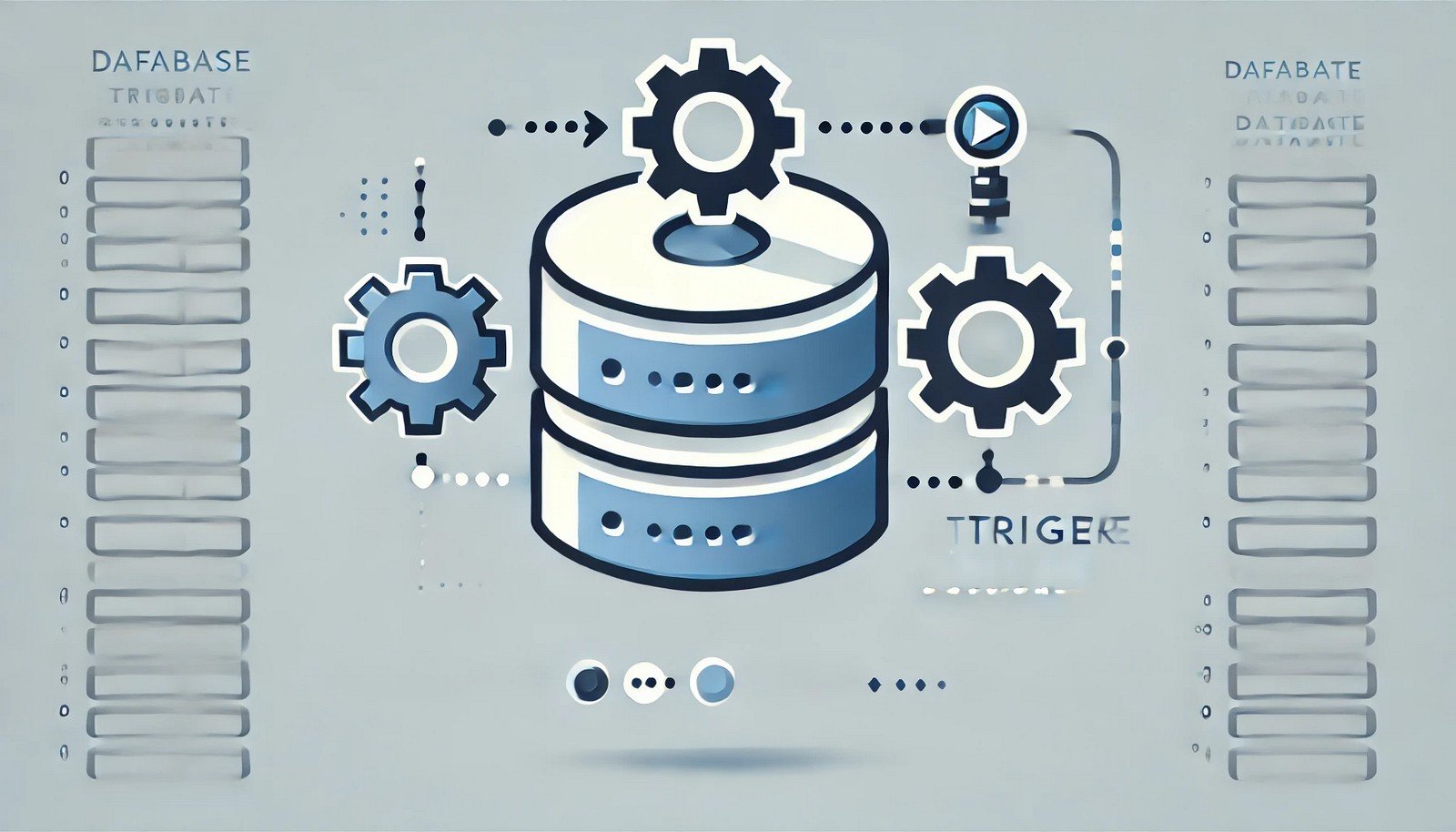Database Triggers
 (Representational Image | Source: Dall-E)
(Representational Image | Source: Dall-E)
Quick Navigation:
- Database Triggers Definition
- Database Triggers Explained Easy
- Database Triggers Origin
- Database Triggers Etymology
- Database Triggers Usage Trends
- Database Triggers Usage
- Database Triggers Examples in Context
- Database Triggers FAQ
- Database Triggers Related Words
Database Triggers Definition
A database trigger is a procedural code that automatically executes in response to certain events on a specified table or view in a database. Triggers help maintain data integrity, enforce business rules, and automate system tasks.
Database Triggers Explained Easy
Imagine you have a notebook where you write your daily schedule. Every time you add an appointment, an invisible assistant automatically reminds you to check if you are free at that time.
Database Triggers Origin
The concept of database triggers emerged alongside relational databases in the late 20th century. Oracle Database was one of the pioneers in introducing robust trigger functionalities in the late 1980s.
Database Triggers Etymology
The word "trigger" comes from the mechanical term meaning a device that initiates a process.
Database Triggers Usage Trends
Database triggers have seen consistent usage in enterprise applications, financial systems, and security audits. However, some modern applications favor event-driven architectures for better scalability.
Database Triggers Usage
- Formal/Technical Tagging:
- SQL
- Database Management Systems
- Data Integrity - Typical Collocations:
- "trigger execution"
- "before/after trigger"
- "triggered update"
- "SQL trigger event"
Database Triggers Examples in Context
- A trigger in a banking system prevents an account from being overdrawn.
- In an inventory system, a trigger updates stock levels automatically.
- A security trigger logs unauthorized login attempts to detect hacking threats.
Database Triggers FAQ
- What is a database trigger?
A database trigger is an automated process that runs when a specific event occurs. - How do triggers help in database management?
Triggers enforce rules, maintain data consistency, and automate tasks. - What are the types of database triggers?
Common types include BEFORE, AFTER, and INSTEAD OF triggers. - Can triggers be disabled?
Yes, most database systems allow enabling or disabling triggers. - What is the difference between a trigger and a stored procedure?
A trigger runs automatically; a stored procedure is manually executed. - Are triggers available in all databases?
No, some databases use event-driven mechanisms instead. - Can triggers slow down a database?
Yes, excessive triggers can add processing overhead. - How do I create a trigger in SQL?
Using the `CREATE TRIGGER` statement in SQL. - What are common use cases for triggers?
Auditing, enforcing business rules, and automating calculations. - Can a trigger modify data in another table?
Yes, triggers can update or insert data into other tables.
Database Triggers Related Words
- Categories/Topics:
- Database Management
- SQL Programming
- Data Automation
Did you know?
The New York Stock Exchange (NYSE) uses database triggers to detect unusual trading activities, helping prevent market manipulation.
PicDictionary.com is an online dictionary in pictures. If you have questions or suggestions, please reach out to us on WhatsApp or Twitter.Authors | Arjun Vishnu | @ArjunAndVishnu

I am Vishnu. I like AI, Linux, Single Board Computers, and Cloud Computing. I create the web & video content, and I also write for popular websites.
My younger brother, Arjun handles image & video editing. Together, we run a YouTube Channel that's focused on reviewing gadgets and explaining technology.



Comments powered by CComment